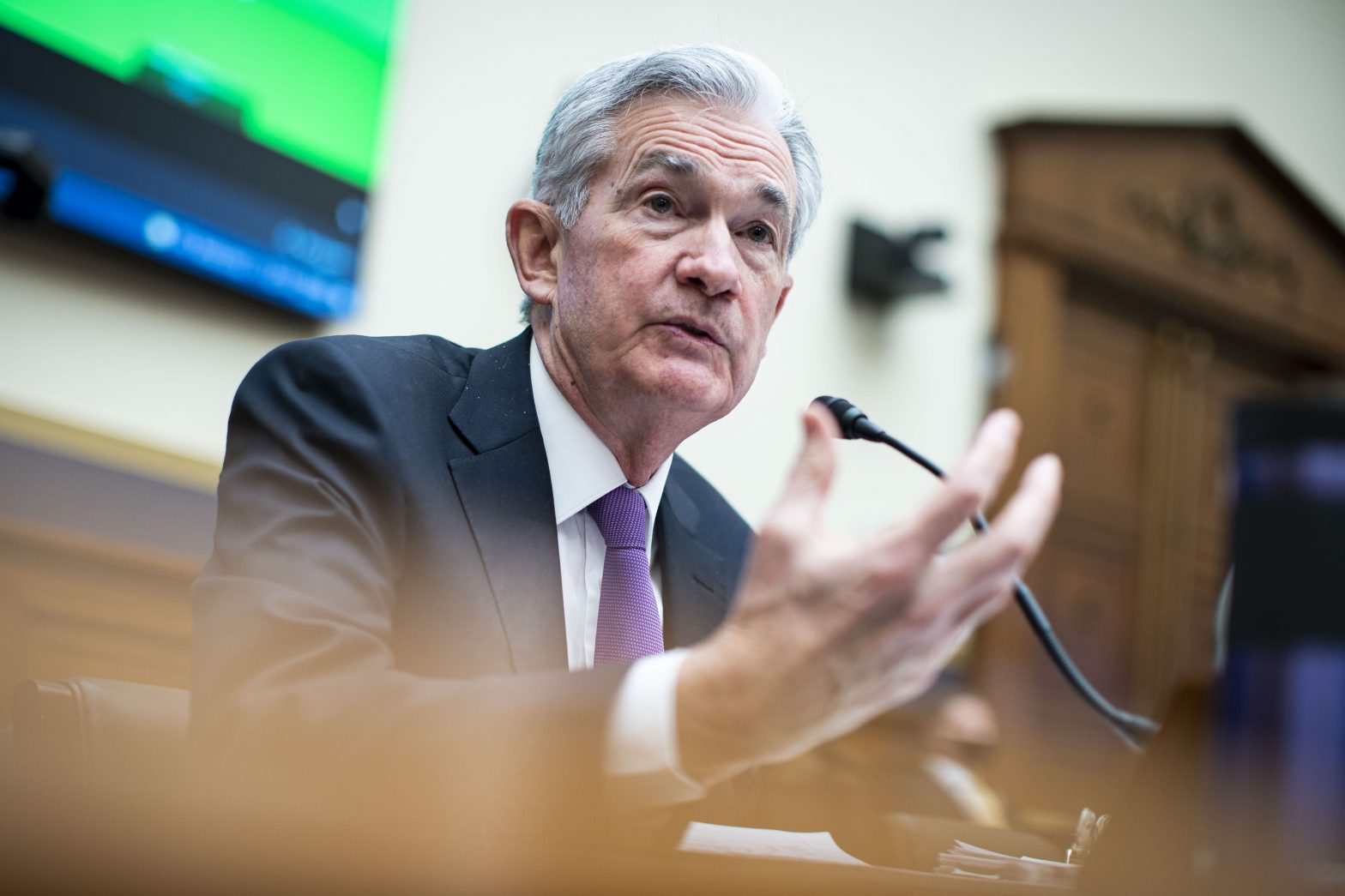A major shift is underway at the Federal Reserve to begin to remove the central bank’s massive pandemic easing policies, and could see it hike rates sooner than is priced in by markets.
Comments by Fed officials suggest the central bank is likely to decide to double the pace of its taper to $30 billion a month at its December meeting next week. Initial discussions could also begin as soon as the December meeting about when to raise interest rates and by how much next year with Fed officials set to submit a fresh round of economic forecasts and projections for the fed funds rate.
There is no consensus yet on when to begin hikes, but it’s clear that the faster taper is designed to give the Fed flexibility to raise rates as soon as the spring. The markets do not appear to expect the first rate hike until the summer.
St. Louis Fed President James Bullard said Friday he wants asset purchases to end in the first quarter so the Fed can position itself “soon” and make every meeting “live” for a possible rate hike. Several other officials have now spoken openly about the chance for multiple rate hikes next year and the potential need to raise rates to combat inflation.
Jerome Powell, chairman of the U.S. Federal Reserve, speaks during a House Financial Committee hearing in Washington, D.C., on Wednesday, Dec. 1, 2021.
Al Drago | Bloomberg | Getty Images
Fed Chair Jerome Powell in testimony last week supported the idea of a faster taper and made a dramatic shift when he said the big concern with another wave of the coronavirus or new variant was inflation, because it might keep people out of work and worsen supply constraints. It was a big change for Powell and the Fed since previous virus waves have mostly raised worries about weak demand, not tight supply. Until the taper was announced in November, Fed officials were mostly silent about the rate outlook.
Economic data in November played a big role in the Fed’s shift. The consumer price index showed higher and more widespread inflation. That added to concern of how higher housing prices might drive up the CPI in coming months.
The jobs report in November showed strong payroll growth, but few workers coming off the sidelines and back into the job market. The progress in December, with labor force growth of about 600,000, appeared to do little to change the outlook for a tight job market.
Meanwhile, after a weak third quarter, all appearances are that the economy is accelerating again, raising the question for the Fed about whether the economy needs continued Fed asset purchases and zero rate hikes all the way thru next summer.
The central bank chief did nothing in his testimony to dissuade the market that the current pricing in of two rate hike rates next year was wrong.
Powell and the Fed have shown they will provide at least several months lead time to markets for a change in policy. So if the Fed wants maximum flexibility to hike, discussions about how far and how fast would need to begin soon, even as soon as the December meeting.
